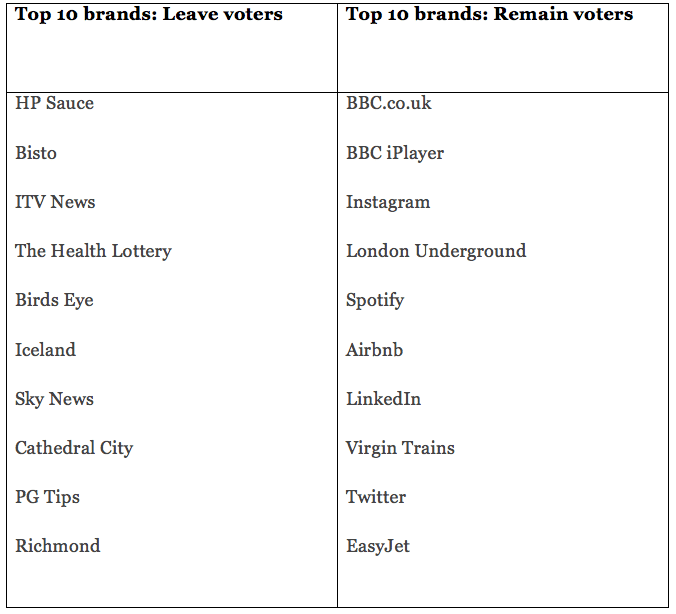One of the biggest trends of 2016 went unnoticed, but it will change advertising this year
Chatbots, Virtual Reality, Augmented Reality and Big Data. These are the hot trends for 2017 that have got marketers excited, and you are probably reading a whole host of blogs repeating endlessly how great Chatbots, VR, AR and Big data will be this year.
They may well be great, but it’s often so difficult to distinguish between the hype and the actual business value delivered by a new technology that they can be impossible to effectively evaluate until some time has passed the hype has begun to die down.
Instead of focusing on the next shiny thing to come over the horizon, I thought it would be valuable to look at a major long-term trend that will have an impact on marketing not just in 2017, but over the next 5-10 years. I speak of the growing politicisation of advertising.
One of the big trends this year more broadly has been the polarisation of the political discourse. This has been particularly prominent in the US, with Trump’s threat to lock up his opponent should he win (since re-engaged upon) and Hillary’s castigation of legions of Trump’s supports as a ‘basket of deplorables’.
2016: The year advertising got political
Advertising has usually tried to stay clear of the political and focus on the business of delivering increased sales. But now the political world is starting to make a very significant impact on the world of advertising, and this trend is probably only just getting started as increased polarisation shows no signs of going into reverse.
The divisive politics of the 2016 race led Kellogg’s, along with several other less well known brands, to announce they were pulling all advertising from Breitbart.com (A right wing news site which supported Trump). This has led to a significant anti-Kellogg’s backlash among some Trump supporters and Breitbart fans. A petition to boycott Kellogg’s has gained over 233,000 signatures. Given Breitbart has over 45 million readers, the move could cost Kellogg’s dearly.
As Paul Jankowski, founder of New Hartland Group elucidates, most successful companies map their values to their customer’s values, rather than the values of the people who work in the marketing department.
The problem is with many customers agitating to get brands to stop advertisers paying certain news organisations to publish, advertisers are trapped between a rock and a hard place. In the UK the ‘Stop Funding Hate’ movement has tried to get brands to stop paying the Daily Mail and Daily Express (Pro-Brexit UK Newspapers) for ad slots. It has had some success, with Lego promising to stop advertising with those newspapers. Other brands have made a stance against the campaign to pull ads from prominent tabloids, such as John Lewis, who stated: “We fully appreciate the strength of feeling on this issue but we never make an editorial judgment on a particular newspaper”. This stance has earned them the opprobrium of supporters of “Stop funding Hate’, who have taken to social media to try to force John Lewis into pulling its ads from right-wing tabloids. It remains to be seen if John Lewis will stick it out and try to weather this storm or cave to Stop Funding Hate’s demands. But with Stop Funding hate itself being criticised for being pro-press censorship, John Lewis will receive criticism whichever stance it takes.
This political polarisation leaves brands stuck in the middle with no obvious way out. They can either side with those who demand brands stick up for liberal values against what they see as a hateful form of illiberalism, or side with those who believe it would be elitist for brands to refuse to do business with news organisations which happen to appeal to people with different opinions. If polarisation continues to worsen, it could even lead to a divided business landscape, where those with staunchly different political opinions choose different brands who market themselves specifically at certain demographics. The top brands of leavers and remainers in the UK’s EU referendum already points to the beginning of this phenomenon.
Just one look at that list is enough to realize how stark the contrast is. Not only are their no brands held in high regard by both sides, but most are totally different kinds of products. Remain voters top brands tend to be travel or technology related, whilst leavers brands are more about traditionally British products such as gravy and tea. This kind of differentiation might get to the point where brands have to develop sub-brands to appeal to different customers purely due to political reasons. In years to come it may be that we look back at 2016 as the year marketing got political.
source http://www.smartinsights.com/advertising/the-politicisation-of-advertising/

No comments:
Post a Comment